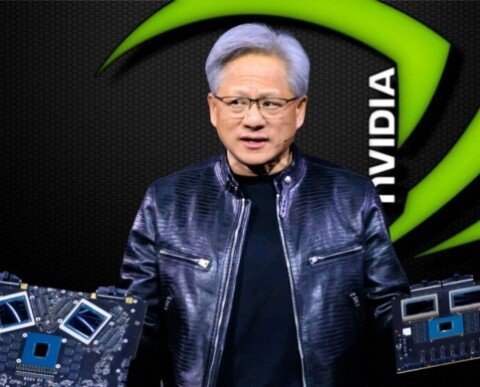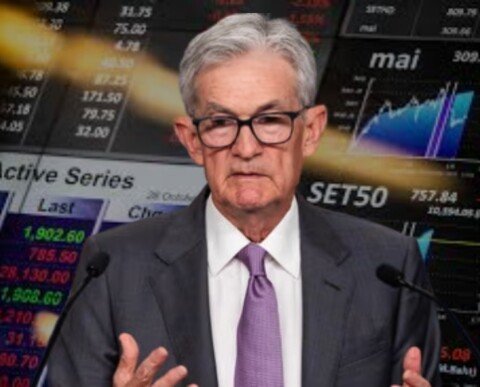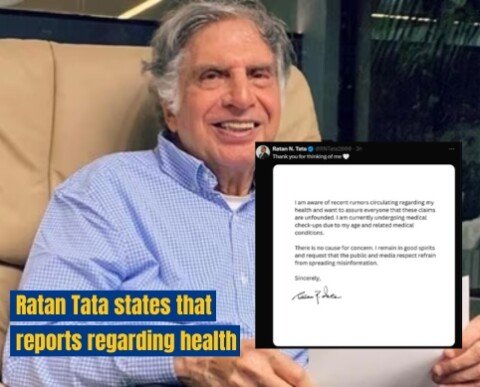Investors are placing bets on Lip-Bu Tan, the recently appointed CEO of Intel (INTC), to solve the company’s problems.
Although there is uncertainty on the speed at which Intel’s financial issues can be resolved, Wall Street analysts, as well as both current and former employees, generally concur on the actions Tan must take, short of a split. From reducing employment to boosting Intel’s fledgling foundry division, those actions cover anything.
Tan, a veteran of the semiconductor sector, was hired on March 12 for his new position. The following day, Intel’s stock increased by almost 15%, which was welcomed by investors. Tan’s background as the former CEO of Cadence Design Systems, a semiconductor design software business, and his service on the boards of about 14 semiconductor companies, including Intel, were praised by analysts.
This is the difficult part
The business Tan is inheriting has recently been the focus of a takeover due to its financial problems. Many Wall Street analysts and investors think that Intel, the sole major chip producer in the United States, would be better off selling and dismantling its faltering manufacturing division.
Example: The stock has increased due to a number of headlines in recent months about possible transactions, some of which were purportedly being negotiated with the Trump administration’s backing.
Tan wants to support Intel’s struggling AI chip attempts to overtake Nvidia (NVDA), according to a Reuters article last week. Tan also intends to keep Intel’s manufacturing operations operating for the time being. In a March 12 letter to staff, he did just that: “Together, we will work hard to restore Intel’s position as a world-class products company, establish ourselves as a world-class foundry, and delight our customers like never before.”
Ten Intel employees, including senior executives, and four Wall Street analysts were questioned by Yahoo Finance. Nondisclosure agreements and concerns about compromising future career prospects led to the employees’ obscurity. Intel should be left intact, at least for the time being, according to several of those people. Stacy Rasgon, a Bernstein analyst, told Yahoo Finance that this is because if the two companies were to break up, Intel’s foundry would instantly go bankrupt.
Moreover, Intel’s product division, which creates the chips, finds it difficult to outsource to competitors because its semiconductors are manufactured using proprietary internal manufacturing techniques. Intel must also maintain majority ownership of its foundry in order to receive billions of dollars in funding under the CHIPS Act.






